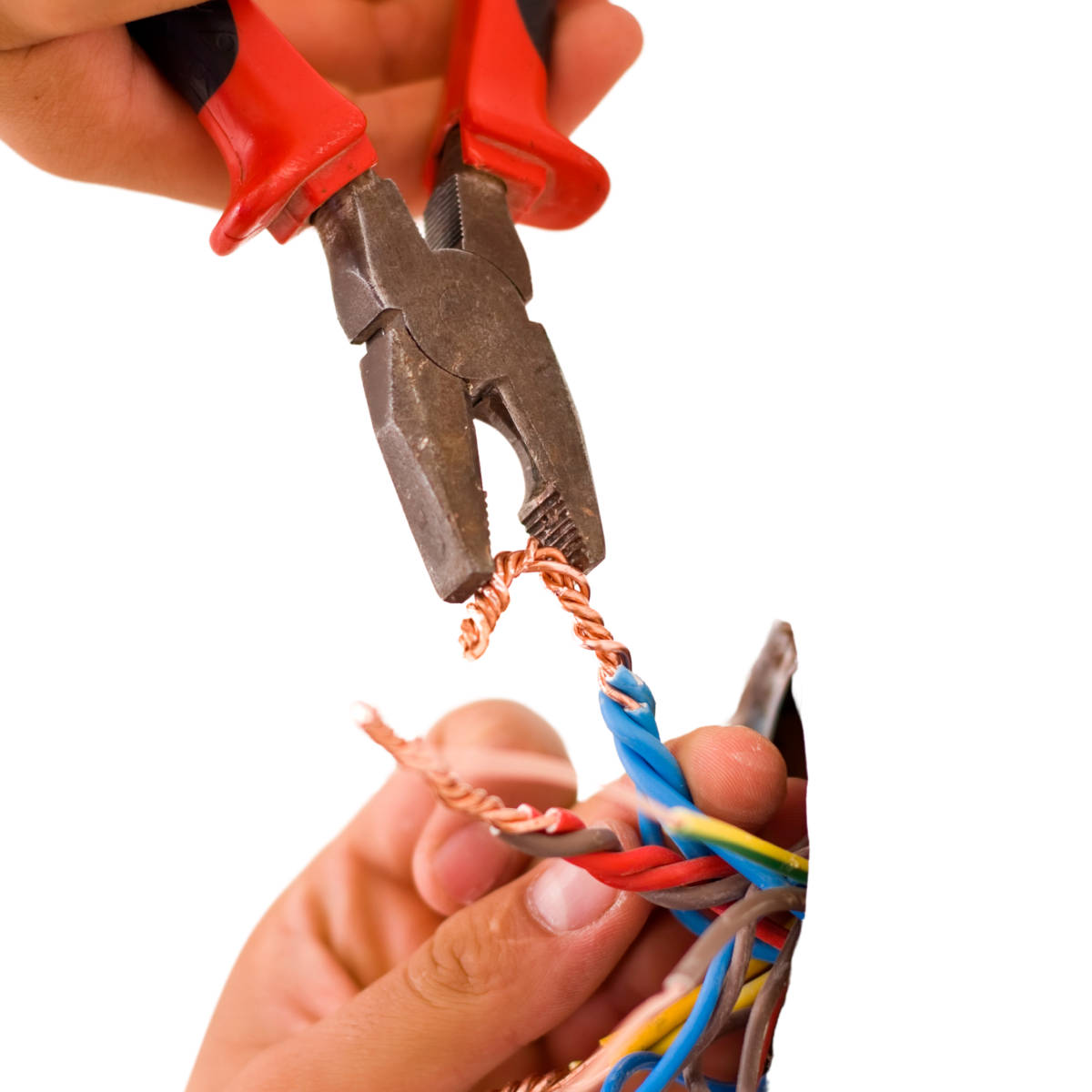Wiring Repair
Residential wiring repair involves addressing issues such as damaged or outdated wiring, loose connections, and overloaded circuits to ensure the safety and functionality of a home’s electrical system. Repairs may include replacing frayed wires, upgrading old aluminum or knob-and-tube wiring, and redistributing electrical loads. These repairs improve energy efficiency, prevent potential hazards, and ensure compliance with modern electrical codes.
Types of Repairs:
Frayed or Damaged Wiring Repair: Worn-out or exposed wires are a safety hazard and can cause electrical shorts. Solution: Replace damaged wiring with new, insulated wire to restore safety.
Aluminum Wiring Upgrades: Older homes may have aluminum wiring, which can overheat. Solution: Replace with copper wiring or install special connectors to improve safety and conductivity.
Loose Wiring Connections: Loose connections can cause flickering lights and inconsistent power. Solution: Inspect, tighten, or rewire connections to ensure secure power flow.
Knob and Tube Wiring Replacement: Common in older homes, this outdated wiring is not suitable for modern power demands. Solution: Replace with modern wiring systems that are safer and meet current electrical codes.
Overloaded Wiring Circuits: Excessive load on a single circuit can cause overheating. Solution: Distribute the electrical load more evenly across multiple circuits or add additional circuits if needed.
Short Circuit Repair: Short circuits can be caused by faulty wiring or damaged insulation. Solution: Locate the shorted area, repair or replace the faulty wiring, and test for safe operation.
Wire Splicing: Improper splices can lead to power loss and safety hazards. Solution: Re-splice wires using code-compliant methods and connectors, often in a junction box.

Free ESTIMATES
Let Blue Streak Electric give you a free estimate on your next project.
